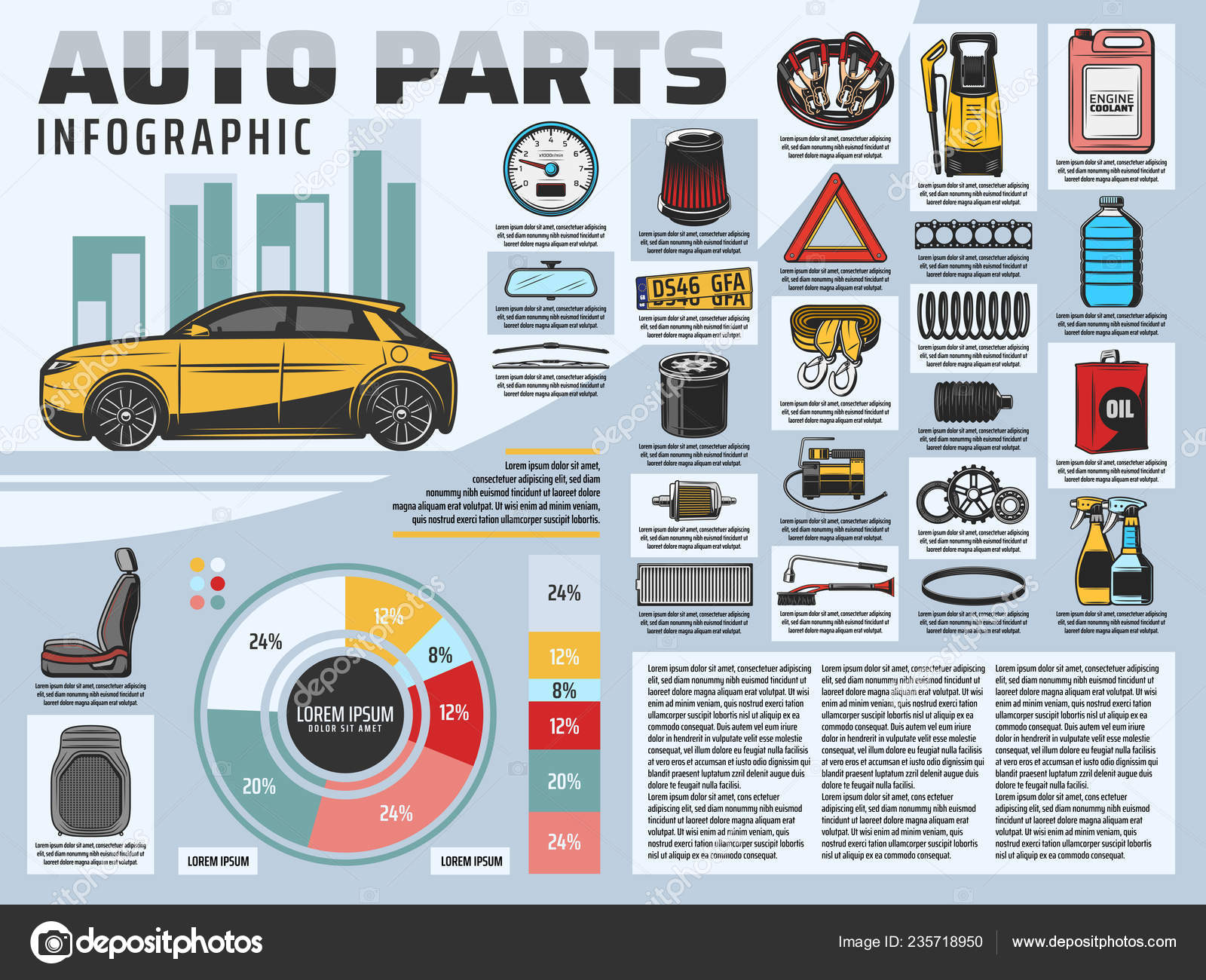Translating Your Car'S Warning Indicators: What They Really Signify
Translating Your Car'S Warning Indicators: What They Really Signify
Blog Article
Author-Higgins Alvarado
When you're behind the wheel, those radiant caution lights on your control panel can be a little bit difficult. Do you understand what they're trying to tell you regarding your cars and truck's wellness? Understanding the relevance of these lights is vital for your safety and the longevity of your vehicle. So, the next time one of those lights appears, would not you wish to analyze its message accurately and take the needed actions to address it?
Common Caution Lights and Interpretations
Determine typical warning lights in your car and recognize their definitions to make sure safe driving.
The most common caution lights include the check engine light, which indicates concerns with the engine or discharges system. If this light comes on, it's crucial to have your vehicle examined quickly.
The oil stress alerting light indicates reduced oil pressure, calling for instant interest to stop engine damage.
A blinking battery light might suggest a faulty charging system, possibly leaving you stranded otherwise addressed.
https://www.vvdailypress.com/story/news/2022/05/01/sheriff-suv-flips-hits-cars-crushes-tire-shop-high-speed-yermo/9610054002/ monitoring system (TPMS) light signals you to reduced tire stress, influencing car security and fuel effectiveness. Neglecting this can lead to unsafe driving problems.
The abdominal light indicates an issue with the anti-lock braking system, endangering your ability to quit rapidly in emergencies.
Lastly, https://brakeshopnearme39406.blogrelation.com/38250678/eco-friendly-automobile-outlining-products-you-ought-to-try warning light warns of engine overheating, which can lead to severe damage otherwise settled promptly.
Understanding these typical warning lights will certainly help you attend to issues promptly and preserve safe driving problems.
Relevance of Prompt Focus
Understanding the typical warning lights in your automobile is just the very first step; the significance of quickly attending to these warnings can not be emphasized sufficient to guarantee your safety and security when driving.
When a warning light illuminates on your dashboard, it's your cars and truck's means of connecting a possible concern that requires interest. Overlooking these warnings can result in a lot more severe issues in the future, jeopardizing your security and possibly costing you more in repairs.
Motivate attention to advising lights can stop malfunctions and accidents. For example, a blinking check engine light might indicate a misfire that, if left neglected, might trigger damages to the catalytic converter. Resolving this immediately can save you from an expensive repair.
Similarly, car wash auto detail warning light could signify low brake fluid or used brake pads, critical parts for your safety and security when driving.
Do It Yourself Troubleshooting Tips
If you observe a caution light on your control panel, there are a couple of DIY troubleshooting pointers you can attempt prior to looking for specialist aid.
The initial step is to consult your auto's guidebook to comprehend what the certain caution light suggests. Occasionally the concern can be as straightforward as a loosened gas cap causing the check engine light. Tightening up the gas cap may deal with the issue.
One more common concern is a low battery, which can set off different advising lights. Inspecting the battery links for corrosion and guaranteeing they're protected may repair the problem.
If a caution light continues, you can attempt resetting it by disconnecting the automobile's battery for a few mins and after that reconnecting it. In addition, checking your car's fluid levels, such as oil, coolant, and brake liquid, can assist troubleshoot cautioning lights associated with these systems.
Verdict
To conclude, understanding your vehicle's warning lights is crucial for maintaining your vehicle running efficiently and safely. By promptly addressing these notifies and knowing what they suggest, you can stay clear of expensive fixings and possible malfunctions.
Keep in mind to consult your car's guidebook for particular details on each alerting light and do something about it as necessary to guarantee a hassle-free driving experience.
Keep informed, remain risk-free when traveling!
